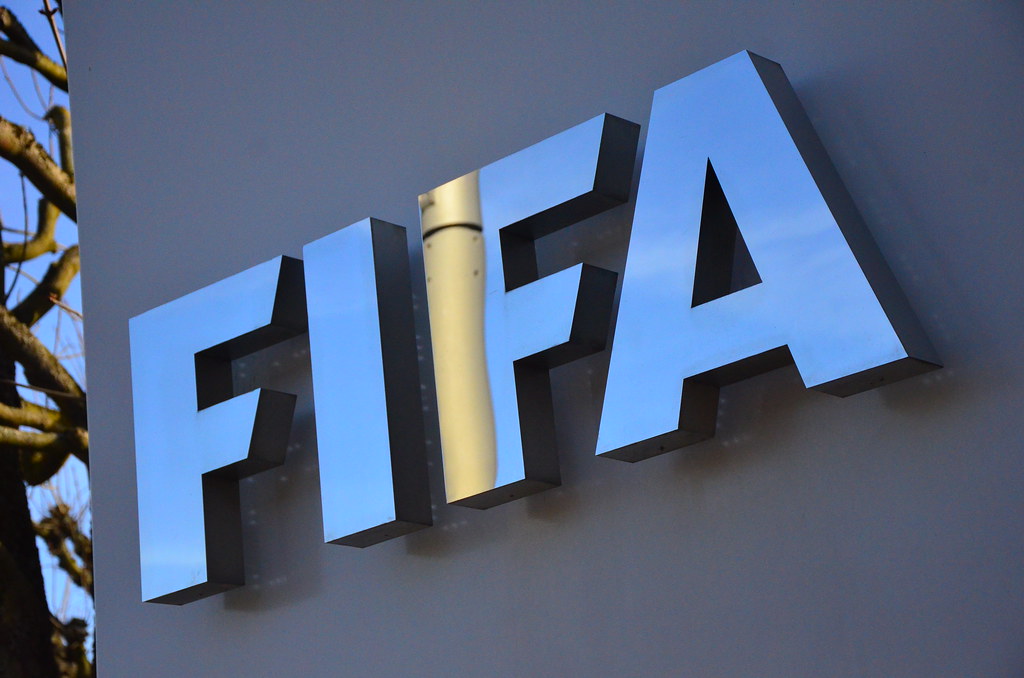
In the world of football, women soccer rankings done by FIFA serve as a crucial metric to evaluate the performance of national teams. These rankings are based on various factors, including match results, the importance of matches, and the strength of opponents. In this article, we will delve into the recent women soccer rankings provided by FIFA, shedding light on some notable movements and trends among the top teams.
Japan’s Steady Rise
The current women soccer rankings highlight Japan’s continued excellence on the field. Ranked 8th globally, the Japanese team has witnessed a positive change of +16.66 points. This indicates their sustained success and consistency in international competitions. The rankings not only reflect the recent performance but also consider a team’s historical records, contributing to Japan’s strong position.
Australia’s Slip in the Rankings
Australia, on the other hand, has experienced a slight dip in the rankings, dropping one position to 12th. The team’s point difference of -3.04 suggests a marginal decline in performance. It is essential to analyze the contributing factors behind this change, such as recent match outcomes and the strength of opponents faced.
China PR and Korea Republic’s Contrasting Trajectories
The women soccer rankings reveal an interesting dynamic between China PR and Korea Republic. While China PR has slipped four positions to 19th, Korea Republic has made a significant leap, climbing to 20th place. The -16.19 point difference for China PR may signal challenges faced by the team, whereas Korea Republic’s +26.14 points suggest a commendable surge in performance. Exploring the reasons behind these fluctuations can provide insights into the current landscape of women’s soccer in these countries.
Rising Stars: Philippines and Uzbekistan
Notable shifts are also observed in the rankings of Philippines and Uzbekistan. The Philippines have climbed six positions to 38th place, showcasing an impressive point difference of +30.75. This upward trajectory reflects the team’s dedication and improvement on the international stage. Similarly, Uzbekistan’s rise by three positions to 47th place, with a +27.01 point difference, signals positive developments in their women’s soccer program.
Challenges Faced by Chinese Taipei
Chinese Taipei has encountered a setback in the women soccer rankings, dropping four positions to 42nd place. The -33.18 point difference suggests challenges or a challenging period for the team. Understanding the factors contributing to this decline can provide valuable insights for the team’s future strategies and improvements.
FIFA’s women soccer rankings offer a comprehensive snapshot of the global landscape of women’s soccer, reflecting the ebb and flow of team performances. Analyzing the rankings provides fans, analysts, and teams themselves with valuable information to understand the current state of women’s soccer and to identify areas for improvement. As teams gear up for upcoming competitions, these rankings serve as a dynamic tool to gauge their progress on the international stage.
- Paulinho, Former Guangzhou Evergrande Star, Announces Retirement - September 9, 2024
- Jeonbuk Hyundai Motors to Finish in Bottom Half of K League for First Time in History - September 5, 2024
- Neymar’s Return Forces Al-Hilal to Drop Renan Lodi - September 3, 2024


.jpg?d=800x0&w=1024&resize=1024,1024&ssl=1)

